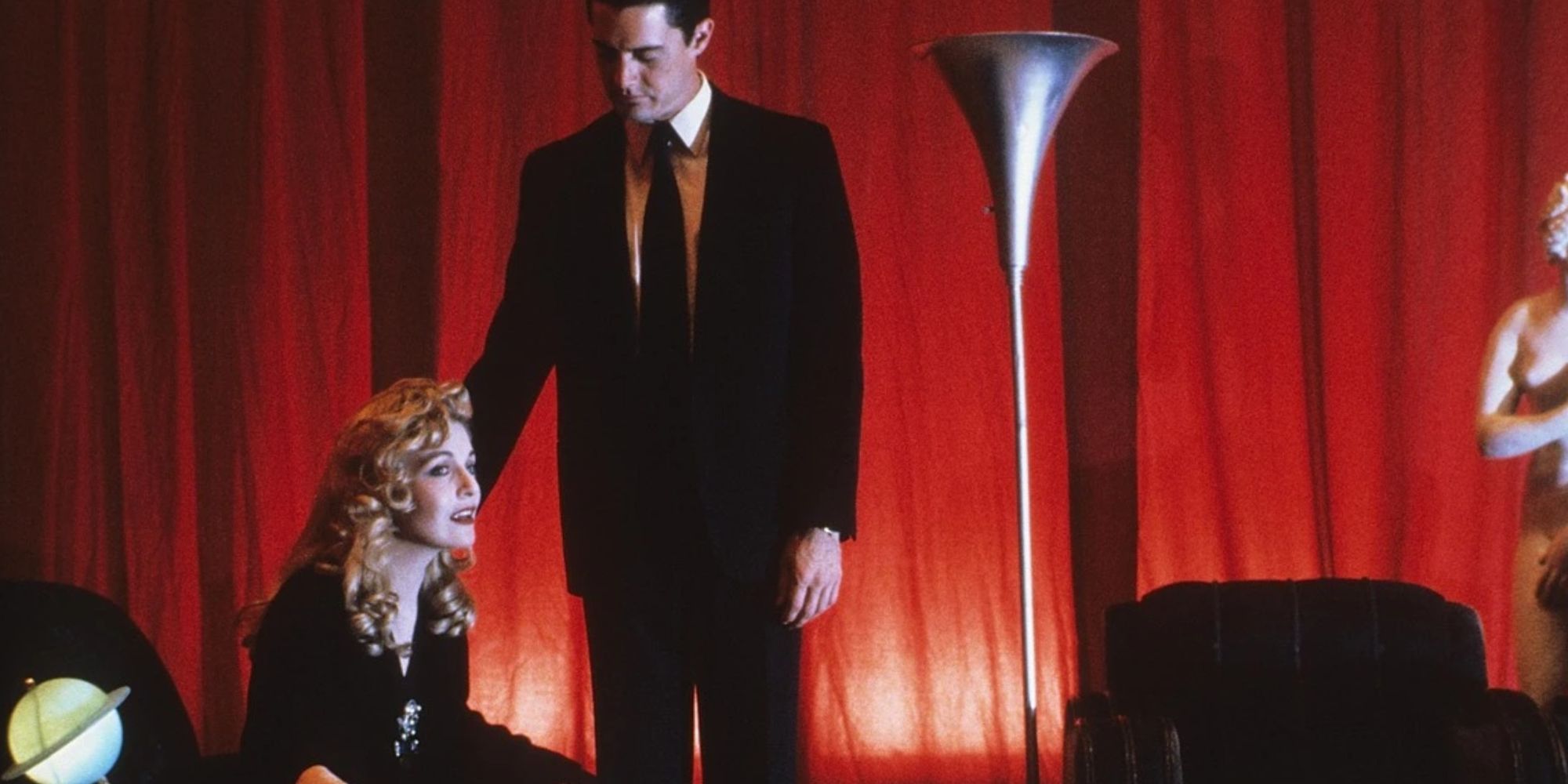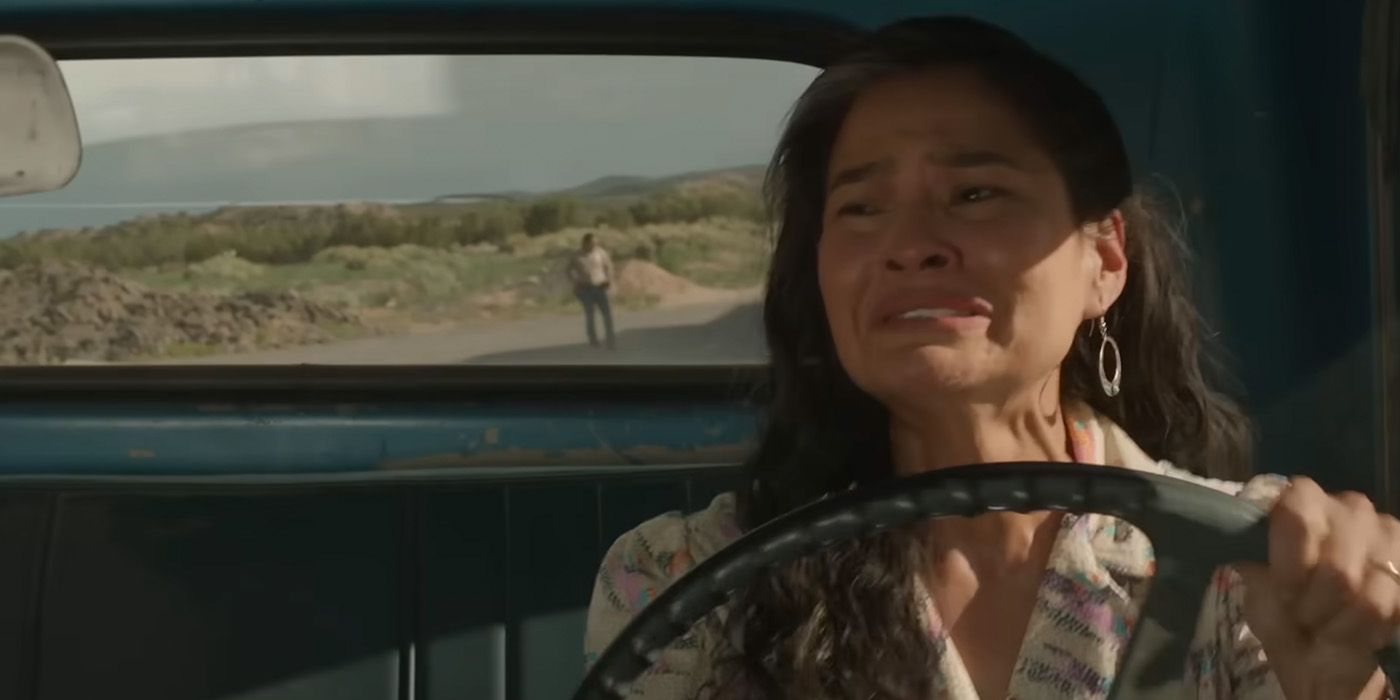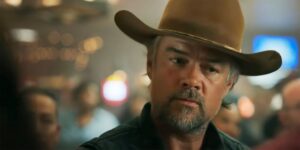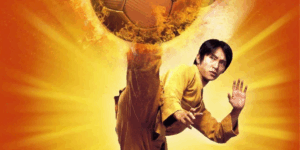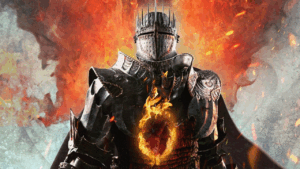‘Dark Winds’ Just Went Full ‘Twin Peaks’ for Its Most Ambitious Episode
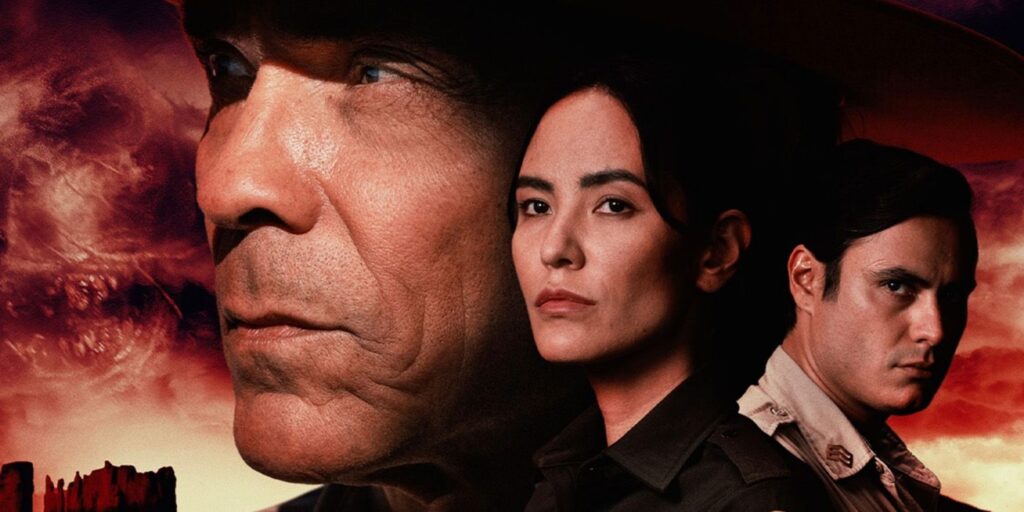
Editor’s Note: The following contains spoilers for Dark Winds Season 3, Episode 6.AMC’s acclaimed crime series, Dark Winds, has often employed aspects of magical realism in its storytelling. The series, which is based on the Leaphorn & Chee novels by Tony Hillerman, follows Tribal Police Lieutenant Joe Leaphorn (Zahn McClarnon) and his law enforcement colleagues as they investigate crimes within and near the Navajo Nation in the 1970s. Although its depictions of the period, area, and related issues are realistic and gritty, the series has also featured Joe and company encountering phenomena that border on the supernatural and can only really be explained by Native American spirituality and mythology.
The ongoing third season has featured the largest number of these elements so far, as Joe has been haunted by his decision to leave B.J. Vines (John Diehl), the man responsible for his son’s death, to die, while also investigating the abduction of two local boys, one of whom was later found dead, which he believes may be the work of the Ye’iitsoh, a monster described in Navajo/Diné traditions. The season’s latest episode was its most surreal yet, providing a trippy look at a troubled mental journey for Joe as he discovers the truth about disturbing events from his childhood, with an audiovisual style that is distinct from the series’ usual aesthetic and recalls the work of filmmakers such as David Lynch.
‘Dark Winds’ Latest Episode Is Its Most Surreal Yet
In Season 3, Episode 6, “Ábidoo’niidę́ę́ (What We Had Been Told),” Joe is shot with an arrow dosed with an animal tranquilizer while attempting to rescue George Bowlegs (Bodi Okuma Linton) from what he believes is the Ye’iitsoh. The tranquilizer causes him to have a series of vivid hallucinations, some related to Vines’ death but others revolving around the murder of a local Catholic priest (Robert Knepper) that occurred when Joe was an adolescent, with him even coming face to face with an apparition of his younger self (Linton). The episode is also framed by scenes of a local stage production depicting a myth of a pair of twins who defeat the Ye’iitsoh, that raises questions about combating evil forces with tactics similar to their own that are also provoked by Joe’s story.
The visions force Joe to recall the events surrounding the priest’s death, which came after he warned his father, Henry (Joseph Runningfox), that the priest was sexually abusing his cousin and other local children. As the visions progress, Joe comes to assume that he killed the priest and subconsciously represses the memory of doing so, until he sees an apparition of Henry burying the priest. Henry confirms that he killed the pedophile and expresses guilt, not for doing so but for not initially believing Joe and making him and his cousin continue going to the church before he accepted the truth.
Henry knew such accusations against a white priest were unlikely to be believed or properly investigated at the time and felt that he had no choice but to kill him to protect the community from further harm given his own job with the police, with his comments clearly echoing Joe’s situation with Vines, who was released on bail despite his involvement in several horrific crimes in addition to Joe Jr.’s death due to his wealth.
While the real-world scenes with Joe and George in the desert maintain the show’s usual, grounded visual style, the visions employ much more vibrant lighting and saturated colors to immerse the viewer in Joe’s imagined experiences. Director Erica Tremblay confirmed that Lynch’s work was one of several influences on the style of these scenes and this certainly comes across throughout many of the visions.
The subjects covered by the dialogue ensure that the episode maintains a mostly serious tone throughout, but the absurdity of scenes, such as Joe ballroom dancing with FBI Agent Sylvia Washington (Jenna Elfman) while discussing how the criminal justice system functions differently for Native people and wealthy white ones like Vines recall the unique mix of grave drama and surreal humor many Lynch projects, especially his iconic television series Twin Peaks, are famous for.
‘Dark Winds’ and ‘Twin Peaks’ Use Surrealism To Depict Abuse
Twin Peaks is often credited with being instrumental in improving the reputation of and expanding the artistic possibilities for the television medium, to the extent that most scripted dramas of all types that have followed it can be argued to owe the show a debt. However, while a complex, genre-blending work, Twin Peaks is also more simply iconic as a unique police mystery series. Subsequently, it is an especially pronounced influence on many later prestige cop shows, especially those that blend aspects of the supernatural and other genres, such as horror.
Dark Winds actually hasn’t displayed this influence as prominently as other shows, but it’s fitting that it becomes more pronounced in this episode, as Twin Peaks and its prequel film, Fire Walk with Me, are known for using surreal imagery and filmmaking techniques to emphasize the nightmarish realities of child sexual abuse.
‘Dark Winds’ Season 3 Needs To Return to Reality
But while the unique visuals and McClarnon’s performance, which continues to find new nuances to add to Joe and striking ways to highlight the emotional journey he’s going through, make this an episode that will be hard to forget, not all of its big swings work perfectly. While its relevance to the ongoing storylines is clear, the sudden introduction of such a crucial and devastating part of Joe’s backstory is somewhat jarring. And a conversation between Joe and a hallucinated version of his wife, Emma (Deanna Allison), doesn’t capture the full extent of the issues the couple have been facing as their marriage becomes strained this season.
The dream Emma is obsessively focused on Joe being slow to accomplish yard work she asked him to do, leading to an argument over whether he is overly consumed by his job. While this is certainly an issue they’ve debated at times, the particularly intense friction between them this season is truly rooted in Emma’s disapproval of Joe’s actions with Vines, which have forced her to help conceal his culpability in the criminal’s death, as Agent Washington has gotten increasingly close to confirming it. The dream Emma’s arguably unnecessary intensity about the household complaints could be evidence of Joe’s subjectivity influencing a conversation that, ultimately, is taking place within his own mind, hinting that he’s ignoring the legitimate objections the real Emma has about Vines because he still at least partially believes he was justified in what he did.
For this storyline to conclude in a fashion worthy of how strong it has been so far, however, it will have to include at least one more real-world conversation about the topic between the couple in which both of their perspectives are respected, whether they can ultimately reconcile or not. Similar things can be said about most of the other ongoing arcs, emphasizing that, as interesting a stylistic experiment as this episode was and as welcome as similar installments may be further in the future, Season 3’s final episodes would benefit from returning to the usual, more grounded style, especially now that Joe has realized that the killer hunting George is just a man.
All available episodes of Dark Winds are available to stream on AMC+ in the U.S.

